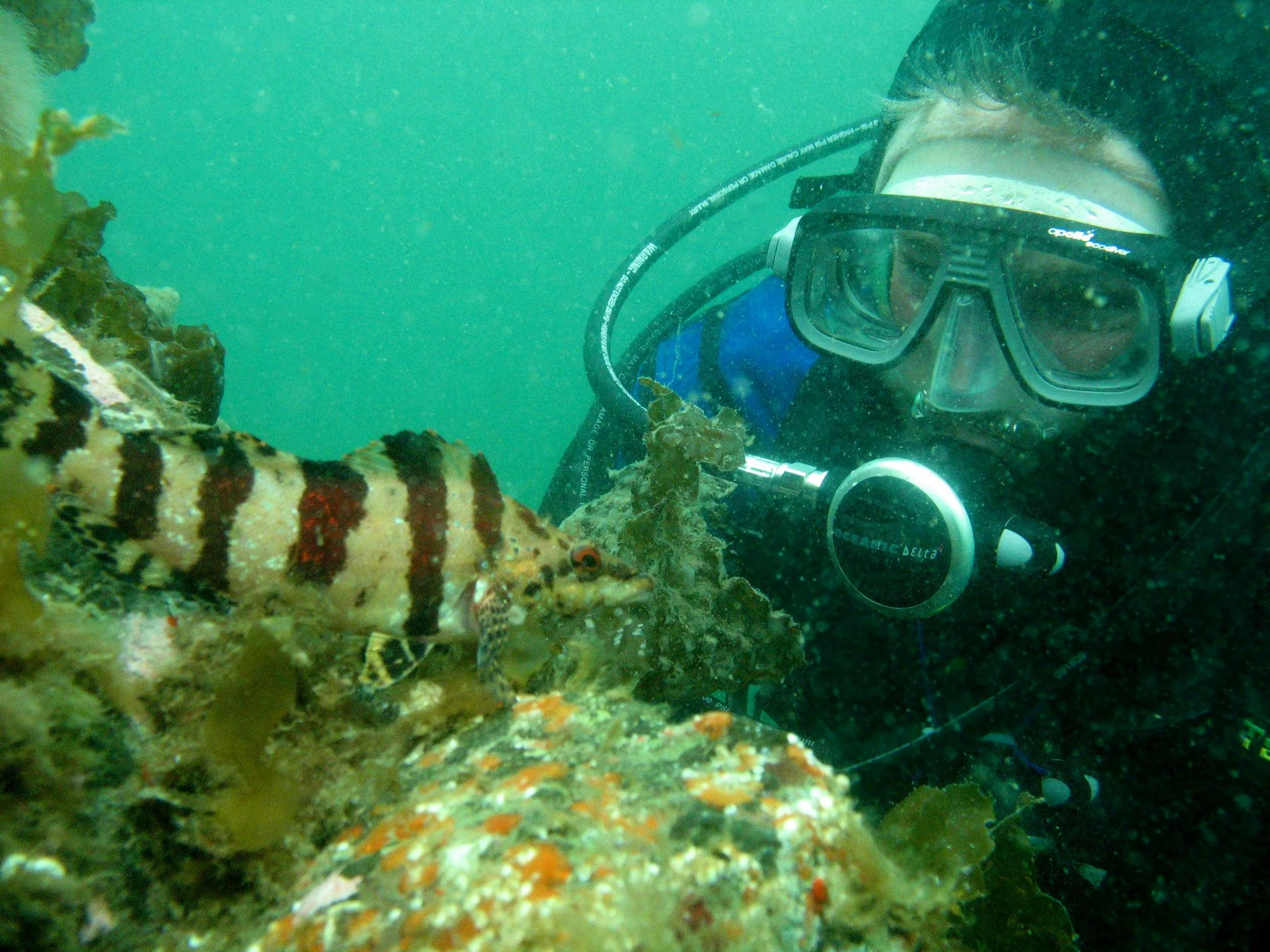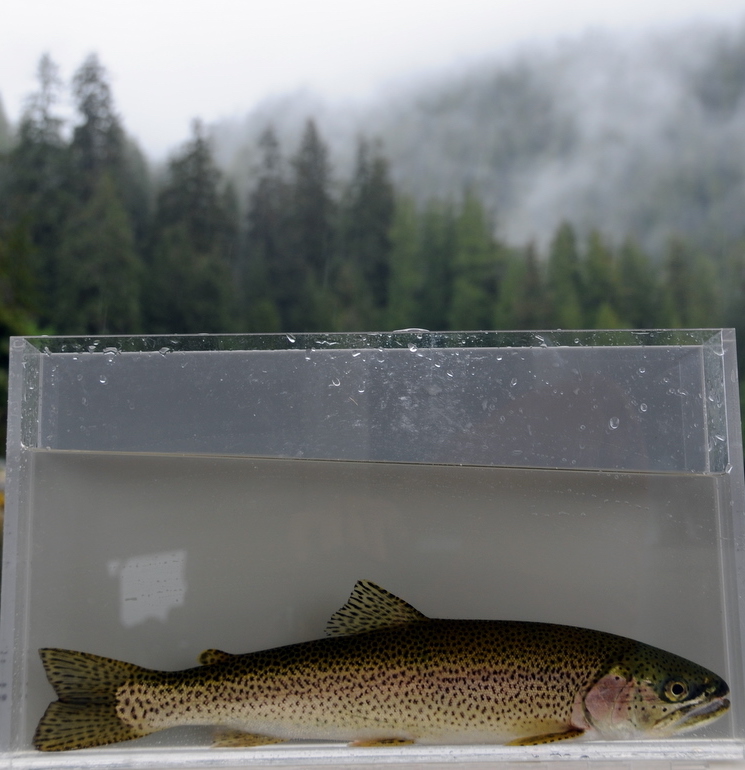While the San Juan Islands are renowned for being one of the Salish Sea’s most pristine areas, even they are not immune to human impact. And coastal cutthroats are especially vulnerable in places like the islands where freshwater habitat is limited. So, as our scientists set out upstream, they couldn’t be sure what they’d find.
There are, of course, other fish living in the island creeks, so shadows flitting across the streambeds could have been anything. It wasn’t until we saw the underwater footage and collected DNA from fish we photographed, measured, and then gently released that the results were clear: at least three streams on Orcas and San Juan Islands do indeed have successfully breeding resident populations of coastal cutthroat trout!
Even more exciting is that two of the streams studied are home to fish endemic to the islands, including one fascinating cutthroat community in Orcas Island’s Doe Bay Creek that has the lowest genetic diversity of any cutthroat population ever tested in Washington State. These beautifully speckled little fish may have been isolated and sustaining themselves in this very limited and unpredictable environment for more than 4,000 years. Talk about hardy!
Garrison Creek on San Juan Island also has a surviving stock of natives despite water diversions, culverts, and livestock crossings that have fragmented the watershed and restricted stream flows. Searching Cascade Creek on Orcas revealed more resident fish, but they proved to be genetically influenced by the mainland hatchery cutthroats regularly released into Mountain Lake..
Finding these fish, in particular the remarkable natives that have held out for so long, was both thrilling and a great example of successful field work. The troubling part was that we didn’t find many of them. Each cutthroat stock we found consists of only about 25 breeding fish. Already constrained to thin slices of suitable habitat, these scant populations are vulnerable to any number of random events that could potentially kill off the entire stock.
The flip side is that since they have survived in such a confined environment, the opportunities to restore their habitat and rebuild their numbers are relatively clear-cut. The study’s authors put forward a set of common-sense conservation ideas, and SeaDoc will be staying involved and working to study and preserve these hardy bands of island cutthroats that live in our own backyard.
Read the entire report here, and as always it’s thanks to your support that we’re able to continue our work to heal the Salish Sea.




